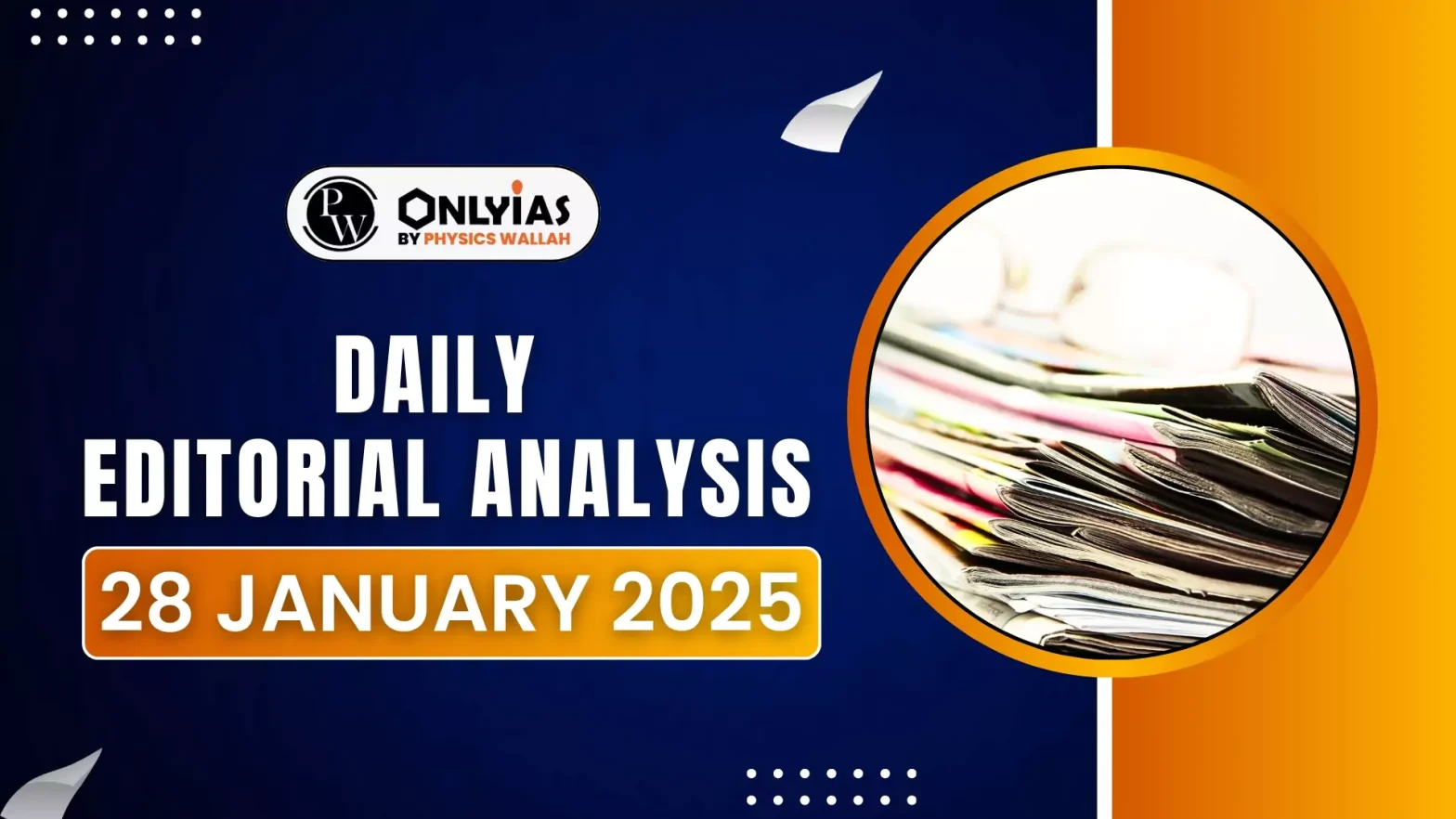The Uttarakhand government on Monday became the second state in the country, and the first to do so in independent India, to implement a Uniform Civil Code
Constituent Assembly Debate on UCC
- Background: The debate on the Uniform Civil Code (UCC) in India dates back to the early 1940s, with significant discussions during the committee stage of constitution-making in 1947.
- Committee Stage: The issue was raised in the Fundamental Rights Sub-Committee, deciding whether the UCC should be part of justiciable or non-justiciable fundamental rights. The majority opted for the latter, integrating the UCC into the Directive Principles of State Policy.
- Dissenting Voices: M R Masani, Hansa Mehta, and Amrit Kaur dissented against the majority decision. They argued that India’s division based on religious personal laws was hindering national unity.
- These dissenters advocated for the UCC to be guaranteed to the people within five to ten years, highlighting its importance for national integration.
- UCC in the Draft Constitution: Initially drafted as Article 35 in 1948, it read, “The State shall endeavour to secure for the citizens a uniform civil code throughout the territory of India.”
- A heated debate on this article took place on November 23, 1948, reflecting the differing views of the framers on its implementation.
- Ambedkar and Munshi on UCC: PM Modi cited Dr. B.R. Ambedkar and K.M. Munshi’s statements made in the Constituent Assembly to justify the current push for a secular civil code.
- These quotes shed light on their support for the UCC as a means to foster national unity and progress.
Check Out UPSC Modules From PW Store
UCC and Religious Freedoms Debate
- Mohamad Ismail Sahib’s Proposal: He moved an amendment to Article 35 to ensure that no group would be forced to abandon its personal laws, highlighting that the right to follow personal law is part of fundamental rights. He warned that a UCC could cause disharmony rather than unity.
- Support for Personal Laws: B. Pocker and Mahboob Ali Baig supported Sahib’s stance, calling the imposition of a UCC “tyrannous” and arguing it would infringe on the right to religious freedom guaranteed by Article 19 (now Article 25).
- Krishnaswami Bharathi’s View: Bharathi suggested that changes to personal laws should require community consent.
- Naziruddin Ahmad’s Position: While supporting the UCC in principle, Ahmad emphasized a gradual approach with the consent of the communities, arguing for careful, statesmanlike implementation.
- K.M. Munshi’s Defense of UCC: He defended the UCC, asserting that it wouldn’t infringe upon freedom of religion and was necessary for social reform, especially in matters of gender equality.
- He also emphasized the inconsistencies within Hindu personal laws across India and cited examples from Turkey and Egypt to argue that a civil code was not a threat to minority communities.
- Ambedkar’s Argument for UCC Ambedkar opposed the amendments, stating that India already had a unified criminal law and civil laws, except for marriage and succession.
- Recognizing concerns, Ambedkar assured that the UCC would not be forced upon citizens but could initially be voluntary, allowing those who agreed to follow it.
Conclusion
Despite the contentious debates, the Constituent Assembly adopted Article 35, which later became Article 44 in the Indian Constitution. It emphasized the state’s aim to implement a uniform civil code without infringing on religious freedoms, leaving room for gradual implementation.
Ready to boost your UPSC 2025 preparation? Join PW’s UPSC online courses today!
![]() 28 Jan 2025
28 Jan 2025

